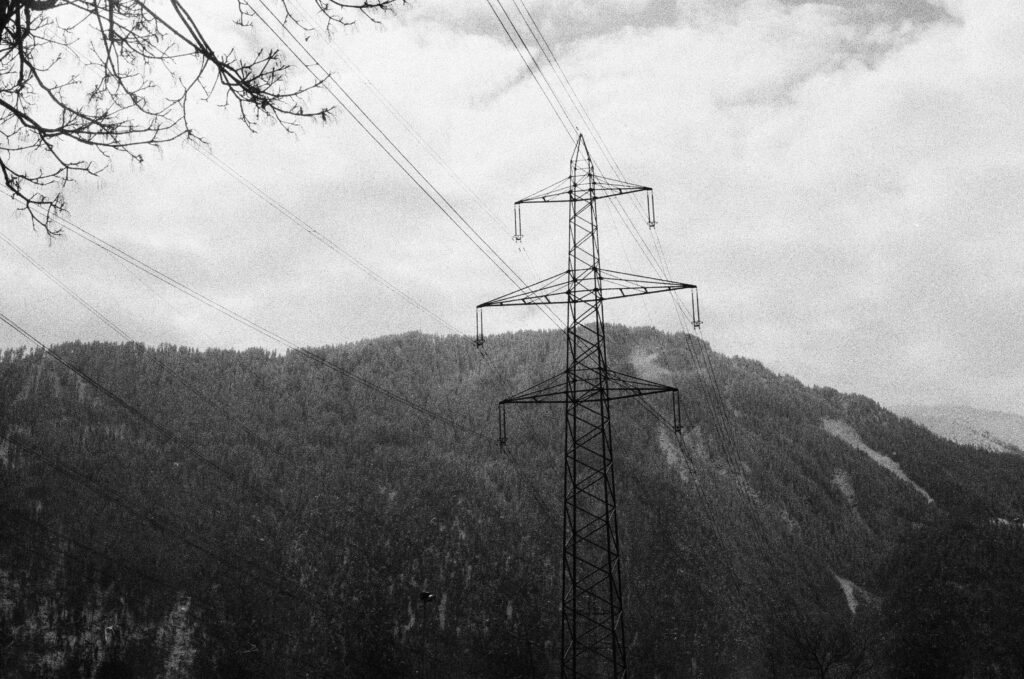The Baltic states have officially cut all connections to Russia’s electricity grid, marking a major shift in the region’s energy policy. Estonia, Latvia, and Lithuania are now sourcing power from Finland, Sweden, and Poland. This move is part of their long-term plan to strengthen energy independence and reduce reliance on Moscow.
Estonia Makes Final Move to European Power System
For many years, Russia supplied electricity to the Baltic region. Over the weekend, Estonia made the final switch, fully integrating with the European electricity system. The transition marks a major milestone in the Baltic states’ efforts to sever ties with Russian energy.
Baltic leaders have been pushing for energy independence since regaining independence from the Soviet Union. The recent disconnection from Russia’s power grid is a significant step in achieving full integration with the European energy market.
Electricity Prices Surge After Disconnection
Since leaving the Russian grid, electricity prices in the Baltic states have jumped. Low wind power, weak solar energy production, and increasing gas costs have contributed to the surge.
In Estonia, electricity prices rose sharply, climbing from €126 per megawatt-hour (MWh) last week to €191 per MWh. This is the highest recorded level in 2025 so far.
The price surge has been intensified by a gas price spike in the Dutch TTF market, lower-than-expected renewable energy production, and colder temperatures that increased electricity demand. Households and businesses across the Baltic region are feeling the effects of these higher costs.
Damaged Infrastructure Limits Power Flow
The Baltic region is also dealing with damaged energy infrastructure, adding pressure to the electricity market. The Estlink 2 cable, an underwater electricity connection between Estonia and Finland, remains out of service after being struck by an anchor last year. This has limited the amount of electricity that can be imported from Finland, forcing the region to rely more on other European suppliers.
If the Lithuanian-Swedish cable were fully operational, energy experts believe that electricity prices in the region would already be lower. The lack of sufficient energy connections has made the transition away from Russian energy more challenging than expected.
Baltic Leaders Defend Decision Despite Challenges
Despite the current price hikes and infrastructure limitations, Baltic leaders remain firm in their decision to cut ties with Russian electricity. Government officials argue that the long-term benefits of energy independence outweigh the short-term difficulties.
Lithuanian President Gitanas Nausėda emphasized the importance of security and stability in energy supply. “We must ensure that our energy system is no longer dependent on an unpredictable neighbor. This move brings us closer to a stronger and more resilient Europe,” he said.
Estonian officials have also assured the public that steps are being taken to improve the energy situation. Investments in renewable energy, new power connections, and improved energy storage facilities are expected to stabilize the market in the coming months.
EU Backs Baltic Energy Shift
The European Union has supported the Baltic states’ move away from Russian energy. The EU has provided funding for infrastructure improvements and cross-border energy projects to help integrate the region into the European market.
Brussels has also been pushing for reduced reliance on Russian energy across the continent, especially following geopolitical tensions in recent years. The Baltic states’ decision aligns with broader European efforts to ensure energy security and reduce exposure to supply disruptions.
What’s Next for the Baltic Energy Market?
While the transition away from Russian electricity has led to higher prices, experts believe that long-term stability will come as infrastructure improves. New investments in renewable energy and regional power connections are expected to ease current challenges.
Estonia, Latvia, and Lithuania are actively working on increasing local energy production, including wind and solar power projects. These efforts aim to reduce dependence on imported electricity and stabilize prices over time.
As the Baltic region moves forward, energy security remains a top priority. The coming months will test how well the region adapts to its new energy system.
For more updates on this developing story, visit Wealth Magazine.


